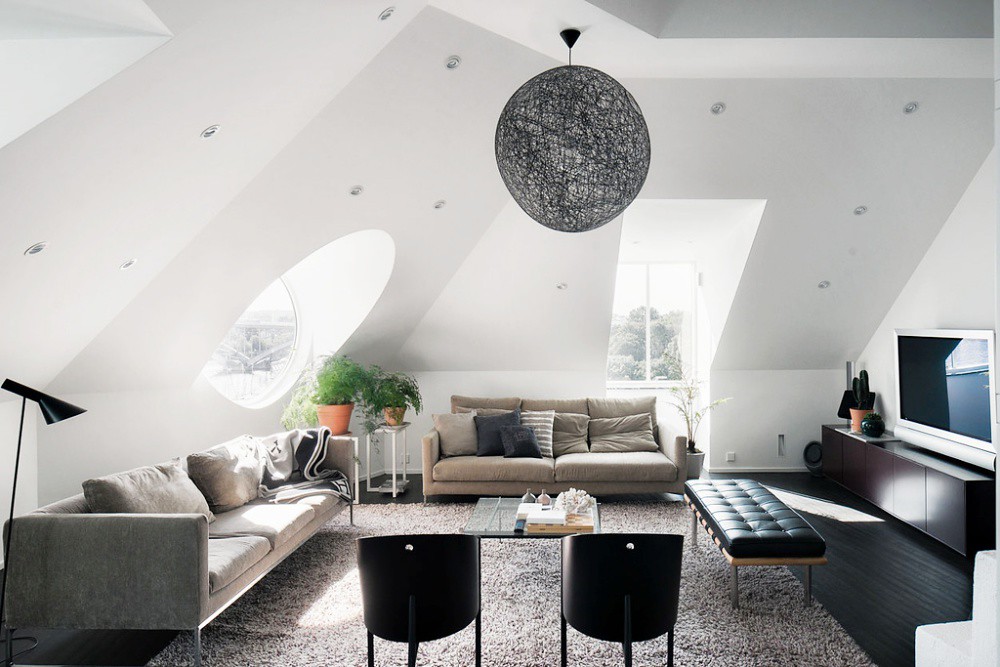
The living room – a battleground where individuals compete with each other, and sometimes spend fortunes to create the perfect living space. An abode that can be considered true art.
Ok, maybe it isn’t that dramatic (though sometimes it really is) but it’s still the most important room in any home.
Not only is it the room in which you’ll entertain guests and keep them extra comfy, but also serves as a mirror to reflect your personal style and tastes.
It’s worth getting right. But how can you guarantee a design which will draw out the “ooohs” and “aaahs” from friends and family alike?
The easiest way is to stick to what works.
Good news is that you can take your pick from several iconic, tried-and tested styles around the globe – all of which are wildly popular so you know you’ll be building towards a design for the ages.
What are they? Find out right now:
Farmhouse
No, the farmhouse look doesn’t necessarily mean you actually live on a farm, but it does give you the chance to bring the calming countryside feel into your home no matter where you are.
There’s something very appealing about the simplicity and nature-closeness that goes with the countryside. Just a step through your doorway and it’s a trip away from the hustle and bustle of city life.
Which is why the farmhouse look has skyrocketed an astonishing rate since it was made popular in 2016.
Classy, rustic and family-orientated above all else, it’s easy to see why so many have fallen in love with it.
Though don’t be deceived, there’s a whole lot going on underneath the scenes of what seems to be a simple and easy-going look.
The term we are looking for is “shabby chic” which you can think of as something like an older sister to the farmhouse look. It was popularized by Rachel Ashwell and came before the farmhouse look, lending many of its signature design elements to it.
Shabby literally means “worn out” and chic means “stylish”. Basically, an unrefined but elegantly put together look. The farmhouse takes these principles to give it that stylish look that doesn’t look like it tries too hard.
That means using upcycled decorations like used cans, incorporating natural shabby elements like exposed unfinished wood and using a whole lot of neutral toned paint (definitely not the color that says “look at me!”).
Mid-Century Modern
Almost 70 years after the style was characterized, the mid-century style is making an explosive comeback .
It’s almost as if all of a sudden people have realized the sleek, uncluttered and slightly vintage aesthetic actually looked pretty good.
Yet, the essence of mid-century is not easy to put into words, though anyone familiar with the TV show “Mad Men” will instantly recognize the look.
Mid-century design was born amidst the exploration of new design techniques in the 1950s as new furniture materials such as plastic and new construction methods were being discovered.
So while it does have it’s design principles, mid-century is ultimately rather flexible and utilizes a variety of color palettes and materials, all the while holding steadfast to the “form over function” rule.
That means you won’t be expecting to see much expensive furniture ornamentation here.
But even without it, mid-century furniture is gorgeous, incorporating beautiful architectural elements like clean, distinct lines and uncomplex geometric shapes.
In English, that means furniture with sharp, cutting silhouettes. In particular, the centrepiece for most mid-century living rooms is usually a rectangular-esque sofa paired with a coffee table.
It’s also very normal for both of them to use tapered stained wooden legs, which is one of the go-to materials for this style .
Besides the use of exposed finished wood on mid-century furniture, contrasting colors and materials like plastic and metal are often played with which leaves the mid-century style rather flexible and a great choice for those looking for ways to change the living room up.
Eclectic
Wild and unconventional, the eclectic living room is a feast for the senses.
At first glance, it looks like a mish mash of contradicting colors and objects randomly put together that somehow has somehow ended up not looking… atrocious.
That couldn’t be further from the truth. No, not the looking atrocious part but the randomly put together part.
In fact, getting eclectic done right is a colossal challenge given the absence of conventional design guidelines for the style.
If it works, it works and finding the right balance between curated chaos and a crime against living room fashion usually requires the aid of an interior designer.
And while everything that has been said so far may sound like it’s a terrible idea to try bring this look to life in your living room, we can’t deny that it’ll be extremely rewarding to pull off.
After all, what’s better than a one of a kind living room that is uniquely yours? It will show off your impressive decorating prowess and colorful personality to match.
Scandinavian
If anyone hasn’t already guessed, the scandinavian style comes from the nordic nations and has steadily enchanted more and more of the western world since it’s early adoption in the 20th century.
Today, it remains as a signature living room style that is used in living rooms all across the globe. Even in more tropical countries which is slightly odd given the very “warm” look that it gives off.
The essence behind the scandi style is simplicity, functionality, and a connectedness to nature.
Having originated from countries with a far colder climate than what most of the world is used to, it’s perhaps unsurprising that the scandinavian look is made to be bright and inviting.
In fact, the scandi aesthetic is the style you would most often associate as having that “cozy” feel. Except it’s less “cottage by the fireplace” cozy and more stylish modern apartment, but cosy.
How did they combine sleekness with warmth? Well one of the big ways it archives this is through with the style’s unique use of textures.
Expect wools, fleeces and throws to be commonplace and scattered throughout the living room.
The living room itself uses neutral and undramatic colors on the walls and furniture to keep it simple and classy, but with one big consideration in mind.
As the countries that the style was born from has limited sunlight during the colder months of the year, the neutral colors used to paint the walls tend to be very reflective to make the most of light (read: it’s usually white).
Which is why many scandinavian interiors give off that bright and inviting feel. Throw in some plants to really capture the natural element look which makes it the perfect upgrade for homes suffering from cold and gloomy syndrome.
That means it’s one of the best choices for homes that don’t get much by way of natural light… just like the homes where the style originated from. Which is rather un-ironic.
Industrial

Some love it and others hate it, though everyone should agree that the industrial look has character.
Character that is what you get from combining the aesthetic of a factory warehouse and the homeliness of a living room.
Unlike most other living room looks that benefit from simplicity and a lack of clutter, the industrial style hides nothing.
Where pipes, ducts, and exposed structural elements would normally be an eyesore elsewhere, the industrial living room will gladly incorporate them into showpieces.
Similarly, elements such as exposed brick and concrete floors are some of the many intentional touches used to create the unfinished look that bares all.
Even the furniture used commonly shows off exposed metal elements to incorporate itself into the design.
In fact, the more exposed metal the better. Metal that preferably has a matte finish.
Still, while the raw look is ultimately the goal of this style, balance must be kept in mind to keep the living room looking living roomy and less like an actual workspace.
Which is exactly why you might have noticed the industrial style is also used in more and more modern workplaces in recent years.
It’s got a great office feel to it and affordable to renovate, with factory offices becoming a thing and more industrial space being repurposed for non-industrial use.
So if you ever find yourself with a blank slate to work with, make sure to check it out before starting the renovations. It just might be the perfect starting point for the industrial look.
Want to make your home look trendy as well? The easiest way to start is by using couch covers! They’re simple, yet able to elevate any living space easily:
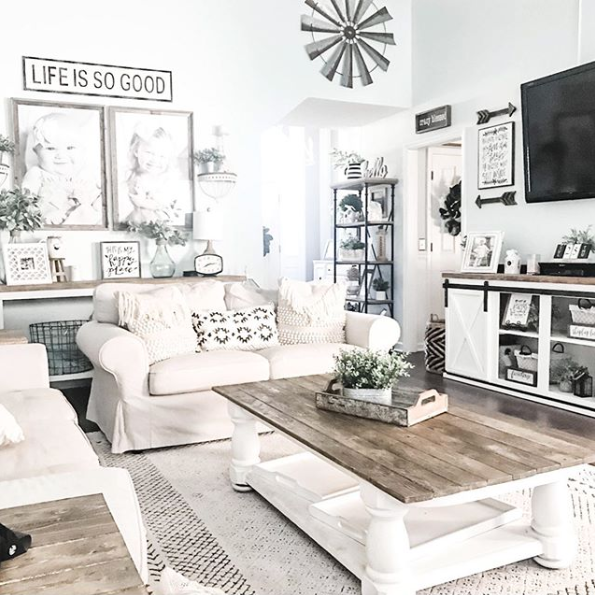
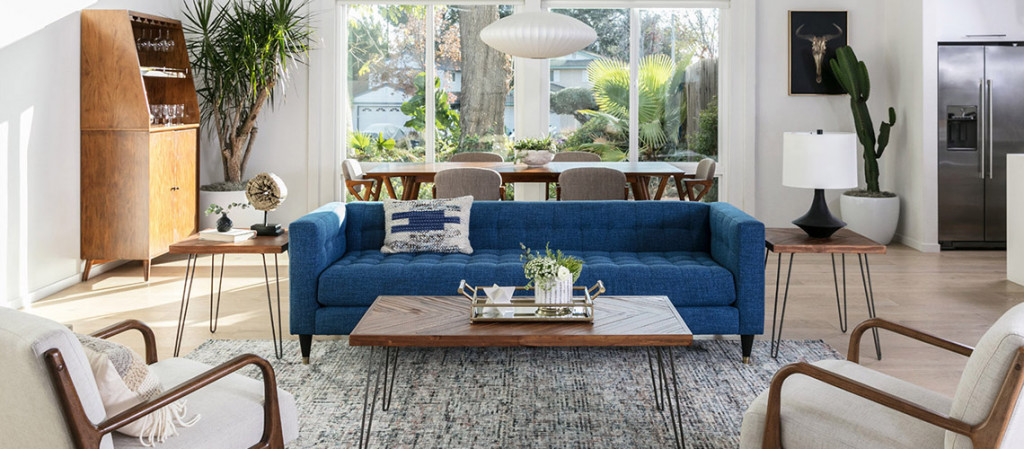
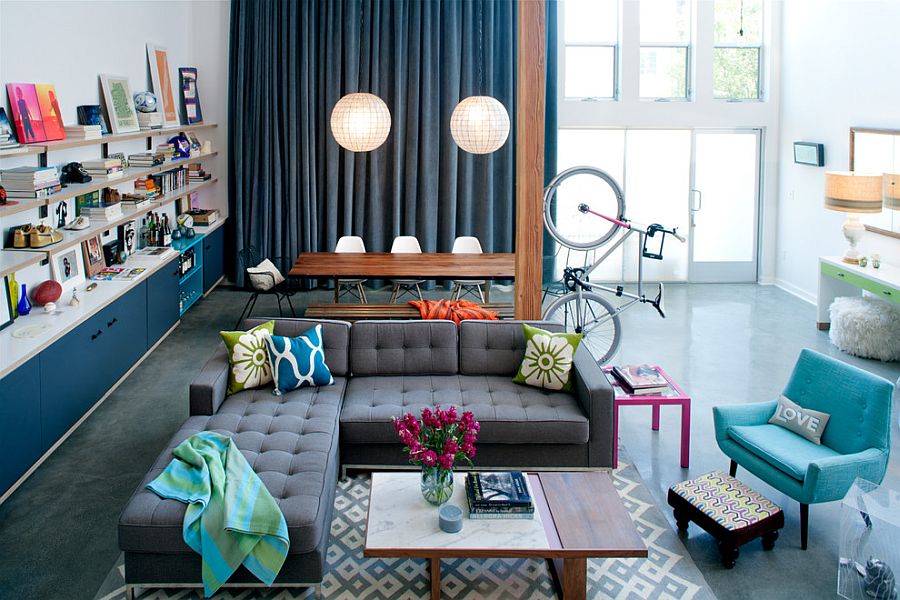
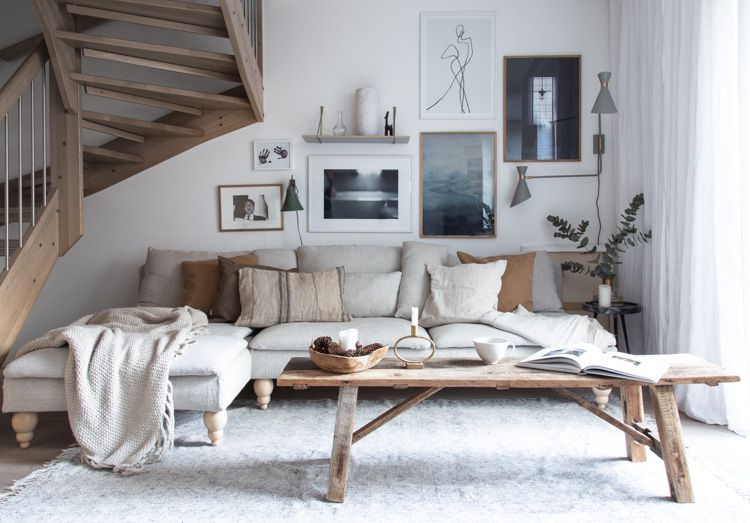


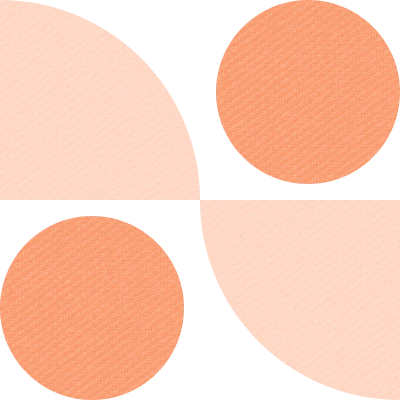
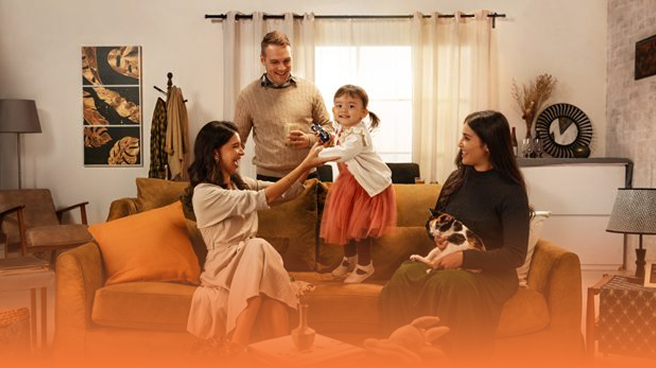








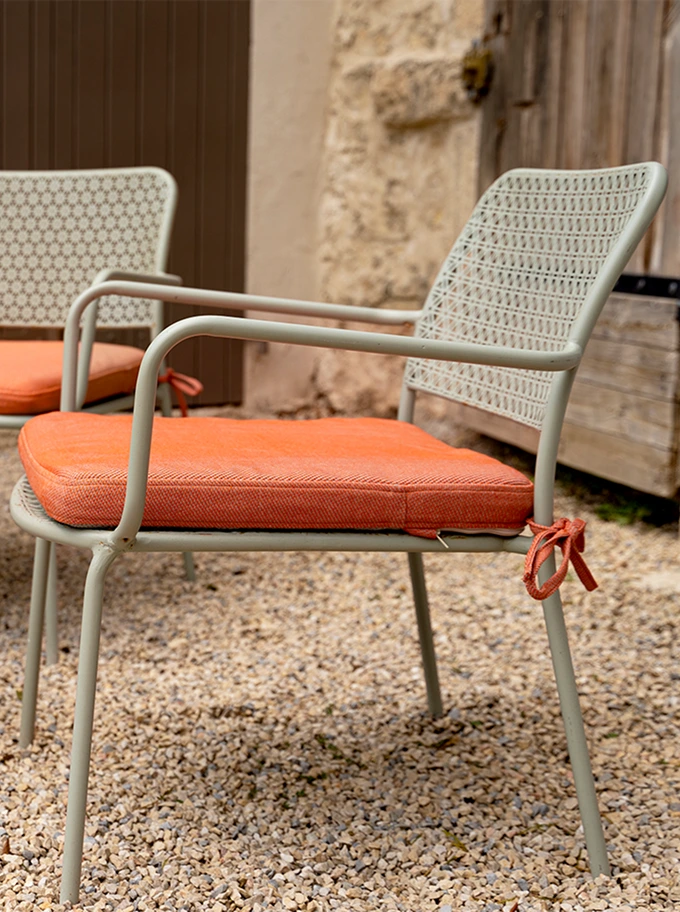
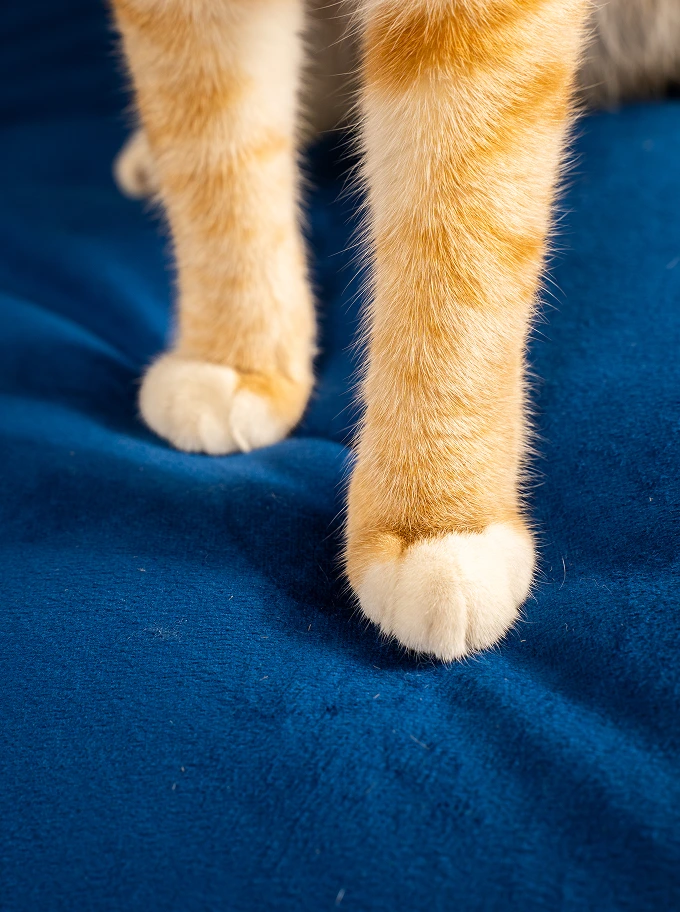
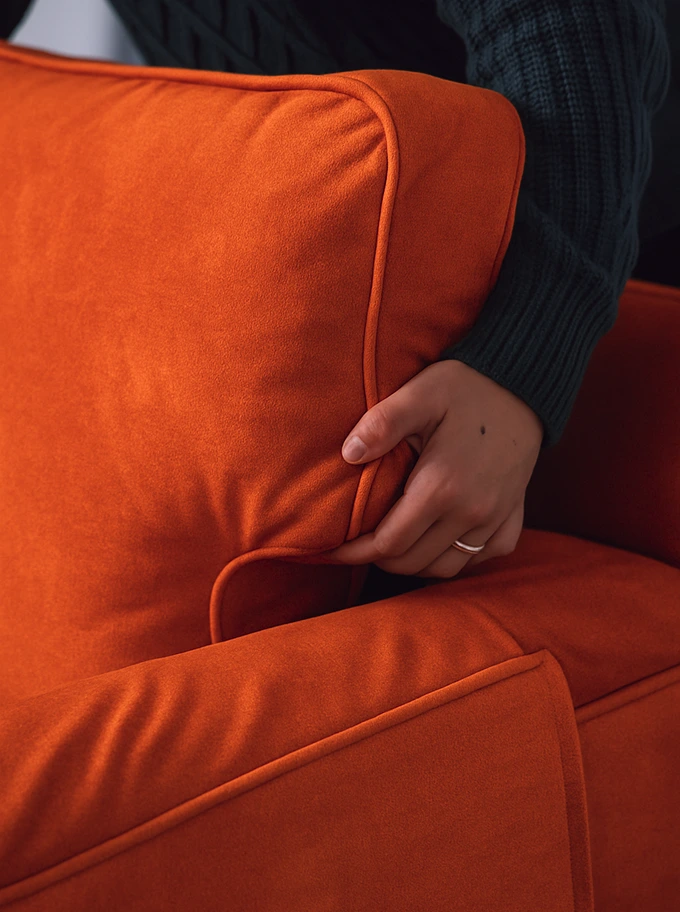
Helen Anderson
Feb 10, 2021I love the Madison coal 100percent cotton or cotton
Canvas Charcoal. I did send Niro G my details last
Year. Quote no [# 124356 ) on 16/11/20 I have
Two armchairs which would be an extra $158 USD
Can give full deposit. Put me on waiting list thanks.
Naomi
Feb 10, 2021Hi Helen,
We do not have a waiting list at the moment, however; we are open for orders again. I have relayed your message to Niro, and she will be waiting for your email :)
Good luck!